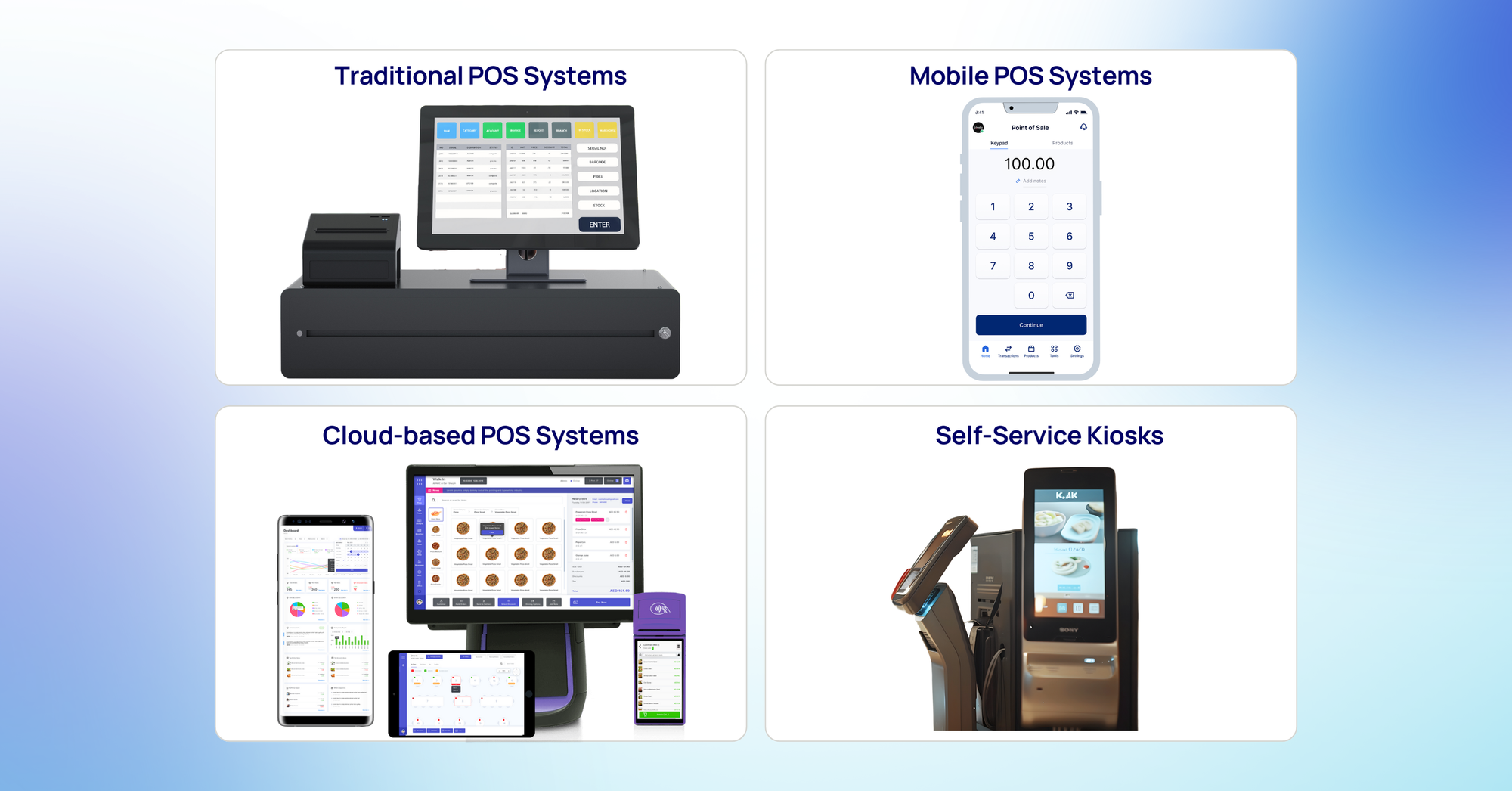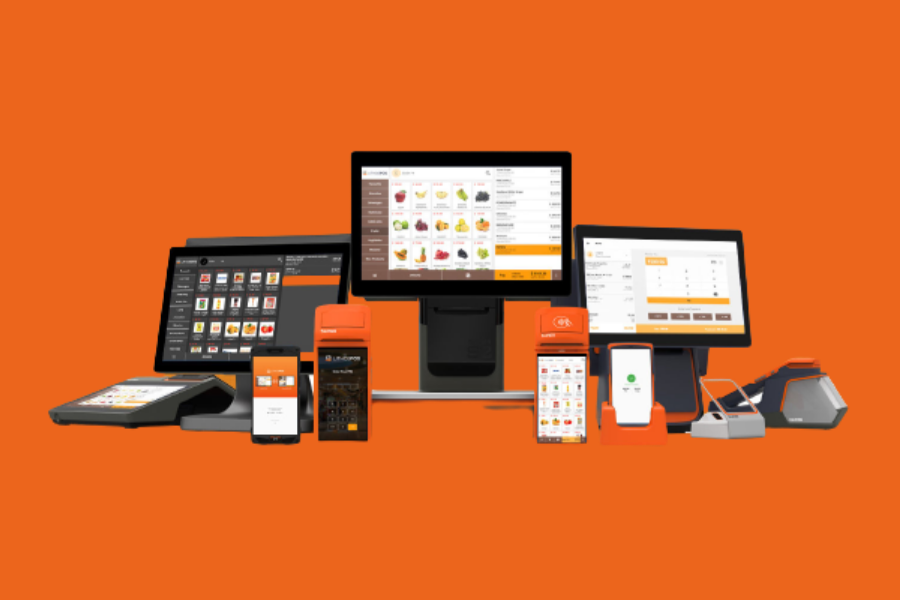Just How POS System Works: A Comprehensive Overview for Entrpreneurs

Recognizing the Elements of a POS System

Just How Sales Purchases Are Refined
When a client determines to buy, the sales transaction initiates a collection of organized actions within the POS system. The cashier inputs the items being purchased, which are checked with a barcode visitor or manually entered. This action obtains item information, consisting of prices and suitable taxes, from the system's database.Next, the consumer is provided with the total quantity due. The POS system after that refines the repayment, whether with cash, charge card, or mobile repayment methods (Restaurant POS Software). For digital payments, the POS securely interacts with payment cpus to accredit and confirm the transaction.Once the repayment is confirmed, the system creates an invoice, which can be printed or sent electronically. This receipt functions as proof of purchase for the client. The transaction information is tape-recorded in the system, ensuring exact sales records and financial tracking for the organization.
Stock Management and Monitoring

Effective supply management and monitoring are vital parts of a POS system, as they ensure that organizations maintain perfect stock levels and lessen disparities. A robust POS system permits for real-time inventory updates, showing sales and returns instantaneously. This makes it possible for local business owner to keep track of stock levels precisely, making sure that preferred items are easily offered while protecting against overstocking of less preferred products.Additionally, progressed POS systems supply functions such as automated stock alerts and reorder tips, improving the purchase process. Barcoding and RFID modern technology boost accuracy in tracking supply activity, lowering human mistake. Comprehensive coverage tools give insights right into inventory turnover rates, helping services make notified decisions regarding buying and product offerings. Eventually, efficient inventory management through a POS system not only boosts operational efficiency however likewise boosts consumer fulfillment by making certain item accessibility.
Evaluating Customer Data and Insights
Consumer data analysis functions as a powerful device for organizations utilizing a POS system (Restaurant POS Software). By checking out and collecting transaction information, companies can reveal important understandings regarding client habits and preferences. This evaluation allows them to determine purchasing patterns, peak buying times, and preferred items, thus educating supply choices and advertising strategies.Additionally, services can segment their consumer base, permitting customized advertising initiatives that satisfy specific demographics or buying routines. Recognizing customer commitment patterns also helps in developing targeted rewards and promos programs.The information amassed from a POS system can likewise reveal insights into customer feedback, allowing businesses to make informed choices pertaining to item offerings and solution enhancements. Inevitably, leveraging client data effectively can boost the general shopping experience, foster client fulfillment, and drive profits development
Advantages of Implementing a POS System

Often Asked Questions
What Sorts Of Services Can Take Advantage Of a POS System?
Various businesses gain from a POS system, including retail stores, restaurants, beauty salons, and ecommerce platforms. These systems enhance purchases, inventory monitoring, and consumer information, improving functional performance and improving consumer experience throughout diverse industries.
Just how Much Does a POS System Normally Expense?
The price of a POS system normally varies from a few hundred to a number of thousand bucks, depending on functions, hardware, and software. Businesses have to take into consideration continuous costs for purchase, maintenance, and assistance handling when budgeting.
Can I Incorporate a POS System With Existing Software Program?
Incorporating a POS system with existing software is commonly feasible. Several systems use APIs or integrated compatibility attributes, allowing businesses to simplify procedures and improve functionality by attaching numerous software applications efficiently.
What Training Is Required for Personnel to Make Use Of a POS System?
Training for staff to utilize a POS system typically consists of understanding software application capabilities, processing purchases, managing supply, and handling customer communications. Practical demos and hands-on practice boost proficiency and confidence in operation the system successfully.
What Occurs if the Internet Decreases While Making Use Of a POS System?
Transactions may be interrupted if the web goes down throughout POS system usage. Numerous systems supply offline capabilities, enabling basic operations to proceed, yet complete functionality, consisting of real-time inventory updates, will be limited. A Point of Sale (POS) system is made up of several essential components that function together to assist in deals and handle company operations. Efficient supply management and monitoring are essential elements of a POS system, as they ensure that services keep optimal supply levels and minimize disparities. Client information evaluation offers as a powerful tool for website companies using a POS system. Recognizing consumer commitment patterns additionally helps in establishing targeted benefits and promotions programs.The data gleaned from a POS system can likewise reveal insights into consumer responses, enabling businesses to make enlightened choices regarding item offerings and service enhancements. Applying a POS system offers various advantages that can substantially boost company operations.